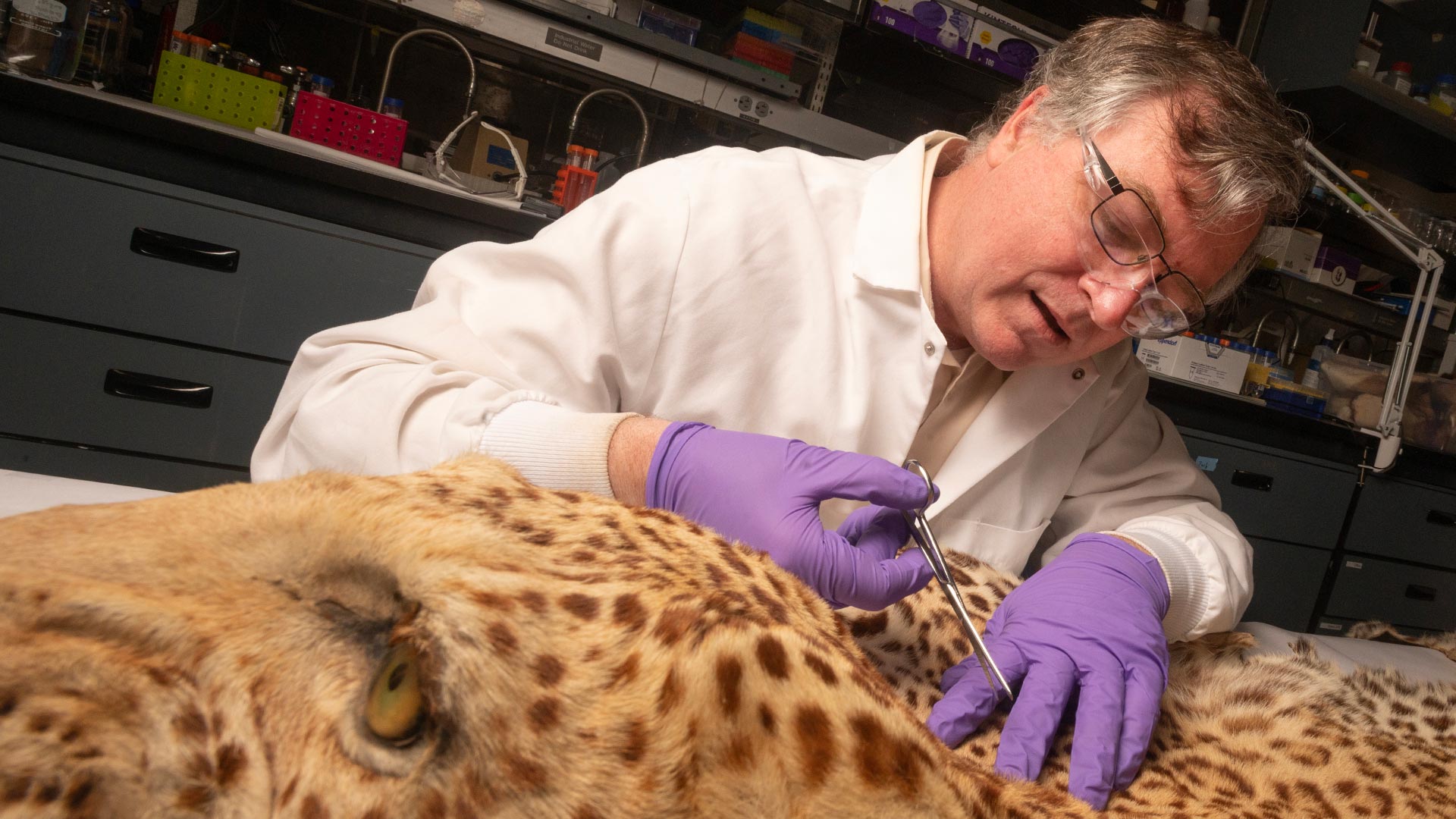
Debunking Myths About Bats
People have dozens of myths and misconceptions about bats. “People have learned more about other species, like birds, but bats haven’t always gotten proper conservation attention,” explained Leila Harris, UC Davis ecology graduate student. “Bats are not any more dangerous than other wild animals and it’s important to recognize that a lot of concerns or impressions of bats simply aren’t based on reality.” Humans are far more dangerous to bats than bats are to humans. We debunked some of the most popular bat myths:
MYTH: Bats Are Flying Mice
In fact, bats are not rodents at all. Unlike rodents, which can reproduce quickly and have large litters, our North American bat species give birth once and most have one ‘pup’ a year. “There is a huge difference in terms of reproductive capability, which makes bats really vulnerable. If their population gets hit, they won’t recover quickly.”
MYTH: Bats Attack Your Hair
“Obviously, if you’re right in front of a bat and startle it, maybe,” said Harris. “But they’re not going out and attacking people.” In fact, they’re probably trying to catch the tiny bugs around your head. “Bats are very agile and can use their echolocation to pick up prey as small as gnats.”
MYTH: Bats Are Blind
Bats are not blind. “Some bats can even see UV wavelengths!” said Harris. “Echolocation only works close up because high frequency sound doesn’t travel very far. They use that to catch their prey, but bats use their eyes for big-scale things. Some bats also use their eyes for hunting.”
MYTH: Bats Are a Menace
Most North American bat species eat insects. “They don’t chew on cables or eat the wood of your house,” Harris said. “Bats and people can coexist with very low risk if people use common sense.”
MYTH: Bats Have Rabies
Less than .5 percent of the wild bat population carries rabies. “Even of the ones that are picked up off the sidewalk and submitted for rabies testing, only about 6 to 10 percent come back positive for rabies.” That said, never pick up a bat with your bare hands. “There are higher chances of rabies in several other mammals,” explained Harris. “But if there’s no contact, there’s no problem.”
MYTH: Bats Are All the Same
Actually, there are more than 1,200 different species of bats in the world. California alone is home to 24 different bat species. “They have hugely different foraging strategies and life histories. Some bats even eat scorpions off the ground, while other bats forage at really high altitudes and eat flying insects.” Because of that, different bats needs different kinds of food, roost habitats and foraging techniques.









